The FDA Just Released This New COVID Food Safety Checklist
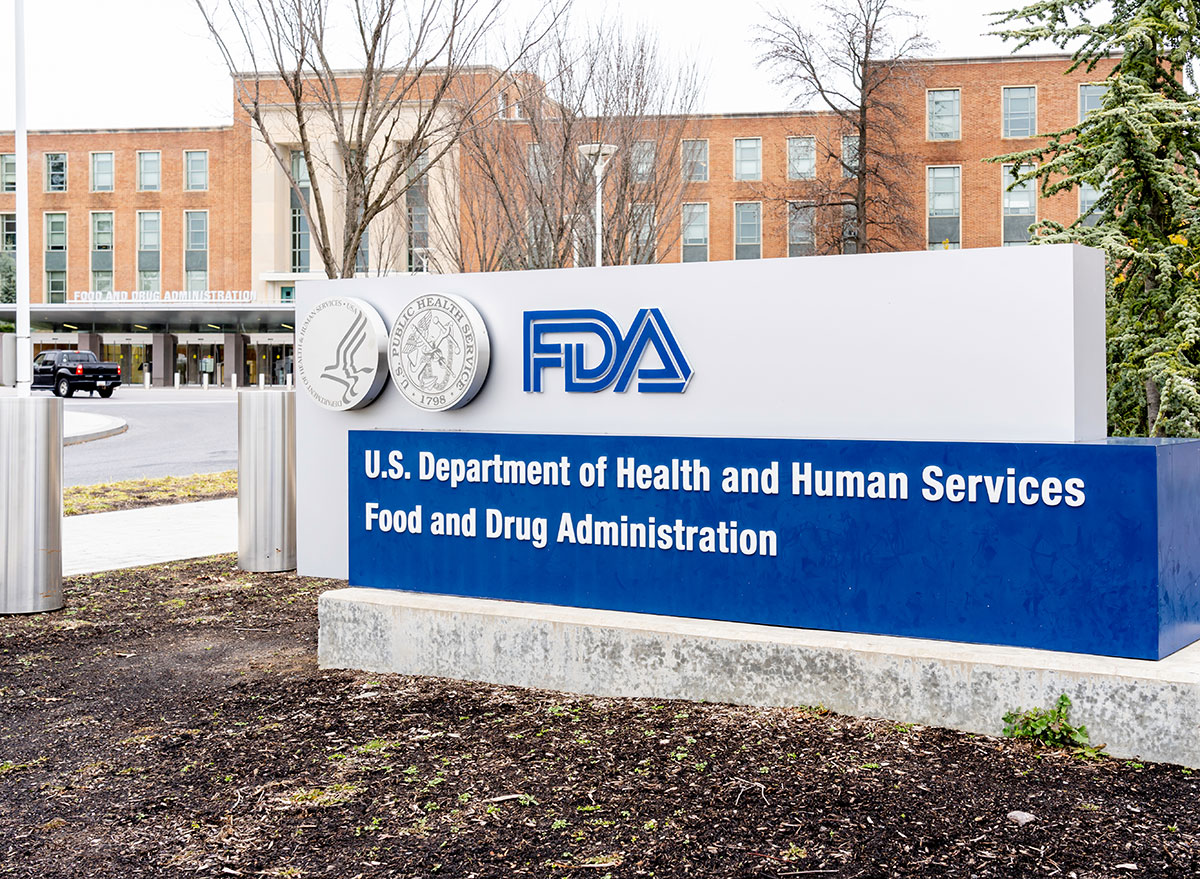
The CDC says the coronavirus cannot be passed through food (even though some imported chicken tested positive recently). But a new checklist for how to handle things like seafood, meat, milk, eggs, produce, and more is now available.
The FDA, along with the Occupational Safety and Health Administration (OSHA), released the list for “persons growing, harvesting, packing, manufacturing, processing, or holding human and animal food.” We’re breaking down everything you need to know by each section below!
For Employers
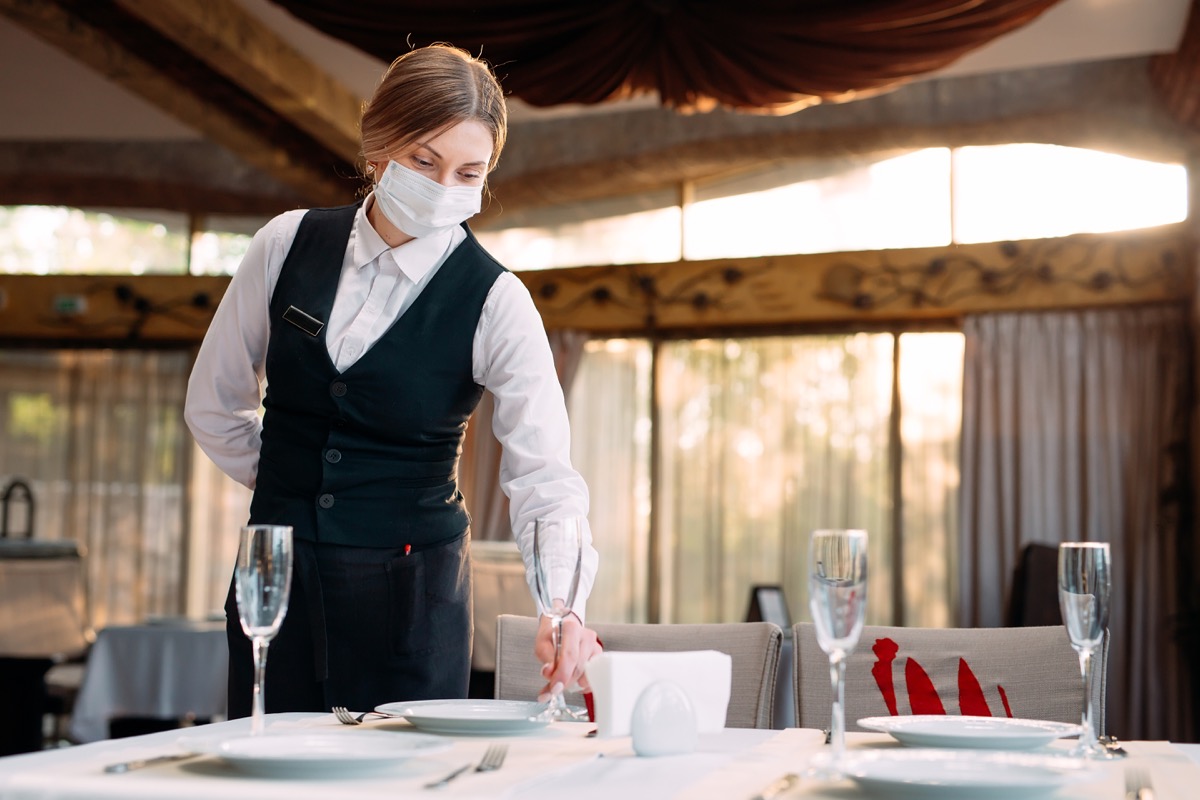
The new list has clear regulations that are designed to keep employees safe. So, a few questions employers are asked include “Have you developed a COVID-19 assessment and control plan?” and “Have you provided employees a clear point of contact” called a workplace COVID-19 coordinator.
Pandemic rules haven’t pleased some workers, though. For instance, Trader Joe’s Employees Unhappy With Grocer’s Response to Coronavirus.
For Facilities
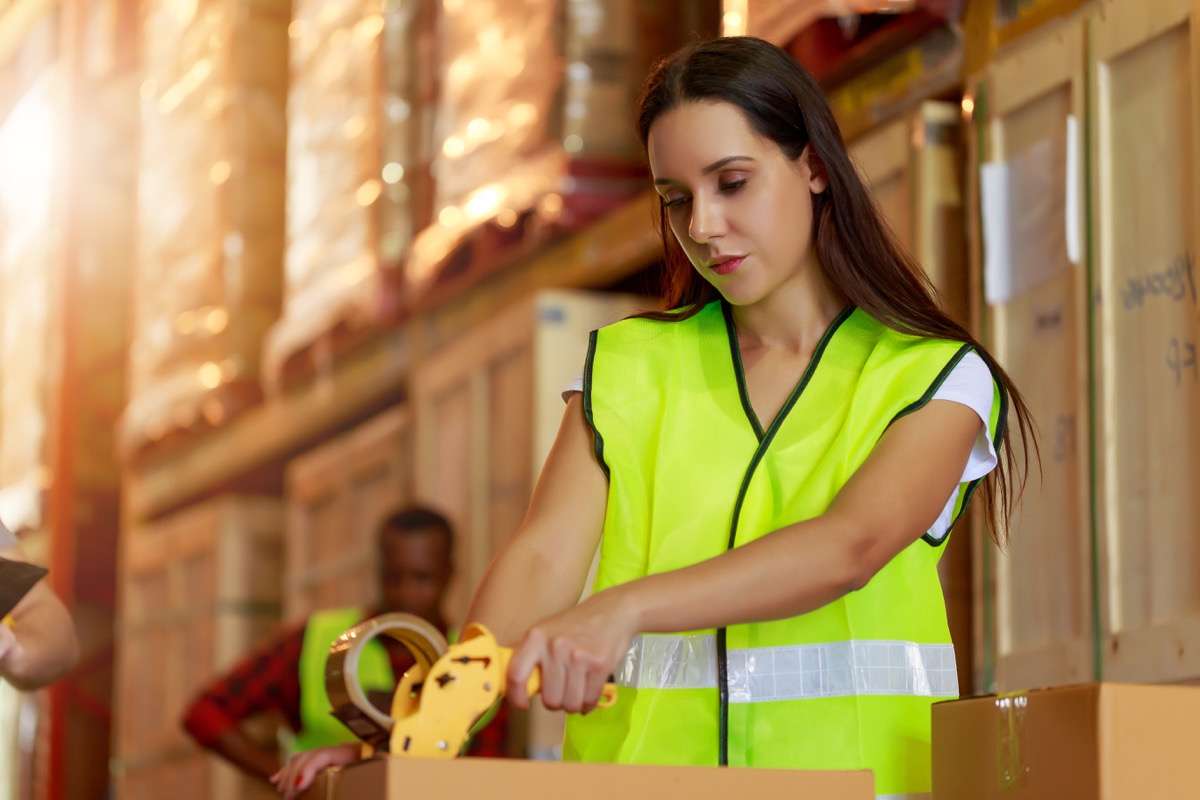
Two questions for facilities cover making sure the area is free of safety and health hazards, and making sure any hazards are taken care of in case there is a shutdown and before reopening.
Several big-name plants have shut down recently. Here are 6 Packaged Food Companies with Workers Who’ve Tested Positive for COVID-19.
For All Personnel
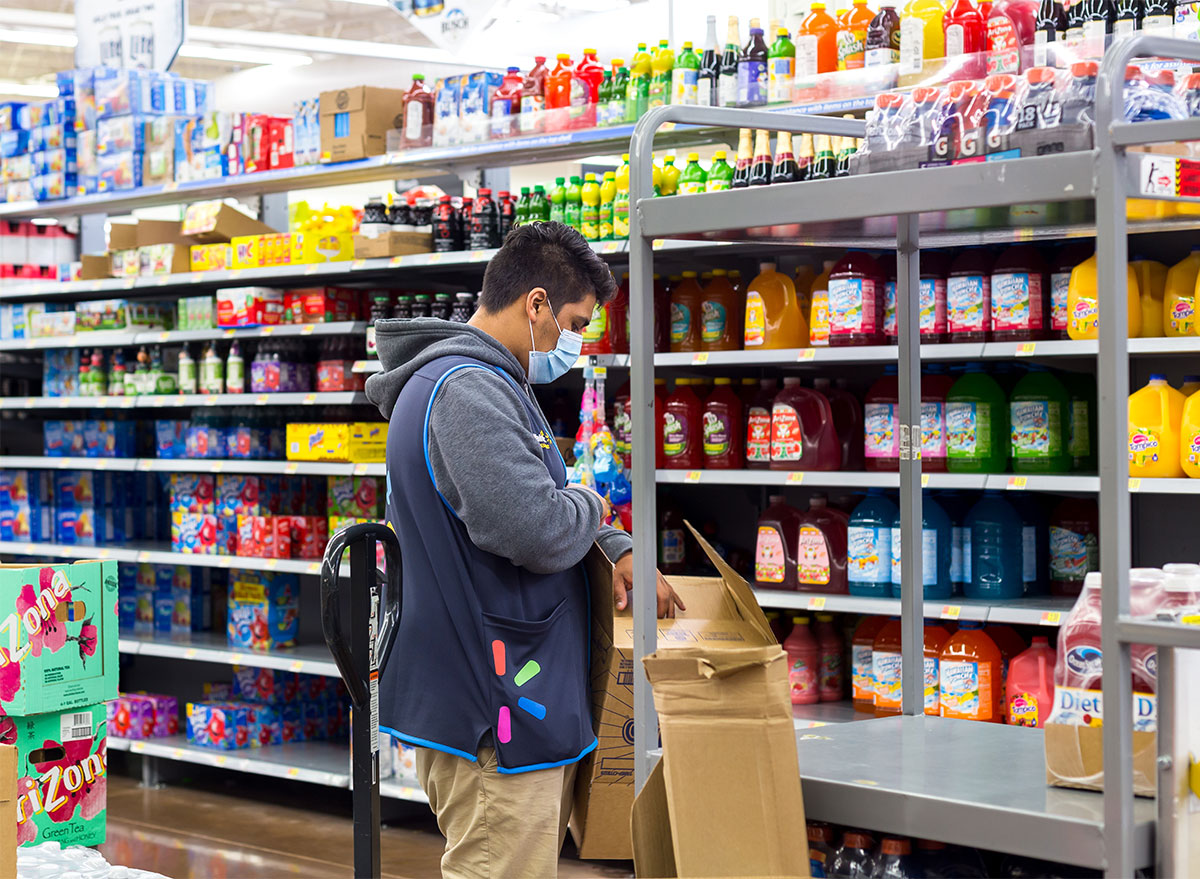
In addition to making sure that safety measures in training videos and listed on posters and flyers are in the appropriate languages, this section of the FDA’s new checklist asks if there is social distancing procedures and more disinfection methods.
“Have you analyzed your sick leave policies as described by CDC and OSHA to make sure that ill workers, including asymptomatic workers infected with SARS-CoV-2, are not in the workplace and to ensure employees are not penalized for taking sick leave if they have COVID-19?” the checklist also asks.
For People With Symptoms
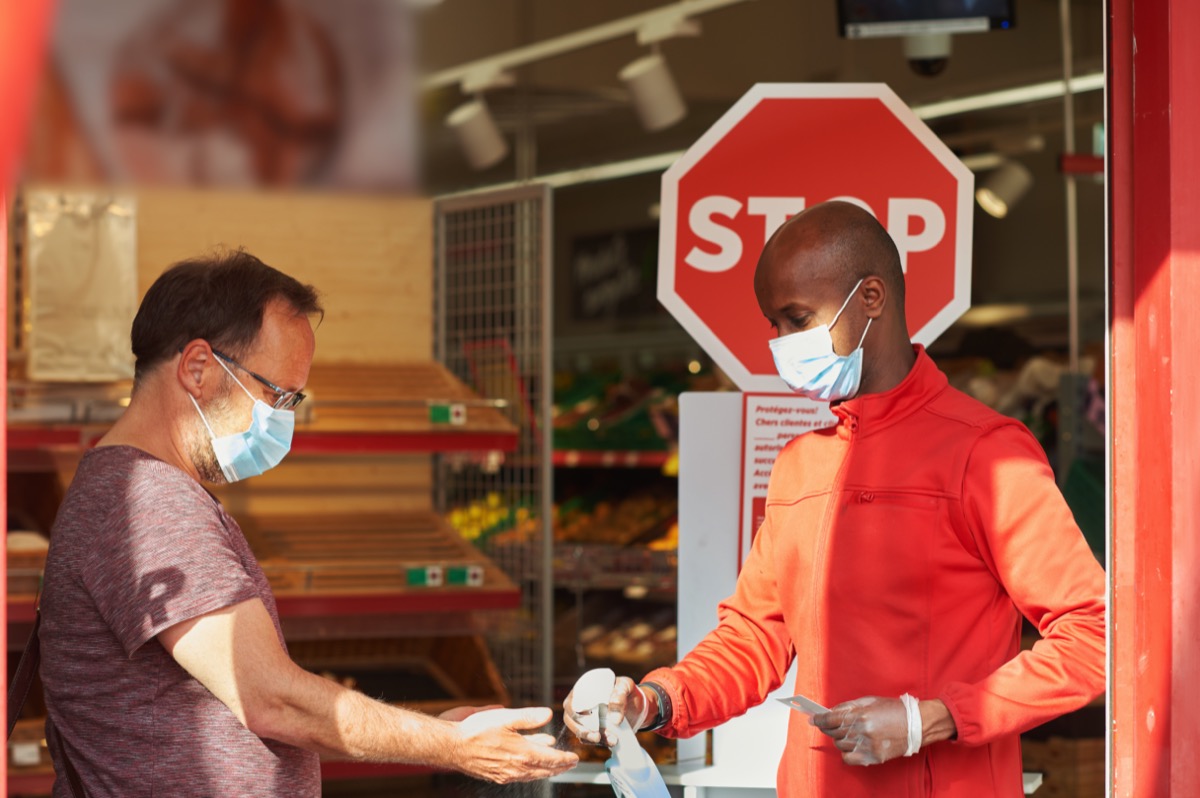
In case someone at the workplace feels symptomatic or starts to feel symptomatic, the checklist has specific actions to take. For example, it asks if there is a place the workers feeling ill can go to be isolated from others. It also asks if there are procedures in place to reach out to their contacts and to inform other employees.
For one facility, workers testing positive has been a big problem. 10,000 Employees of This Food Giant Have Contracted COVID-19.
For Employee Testing
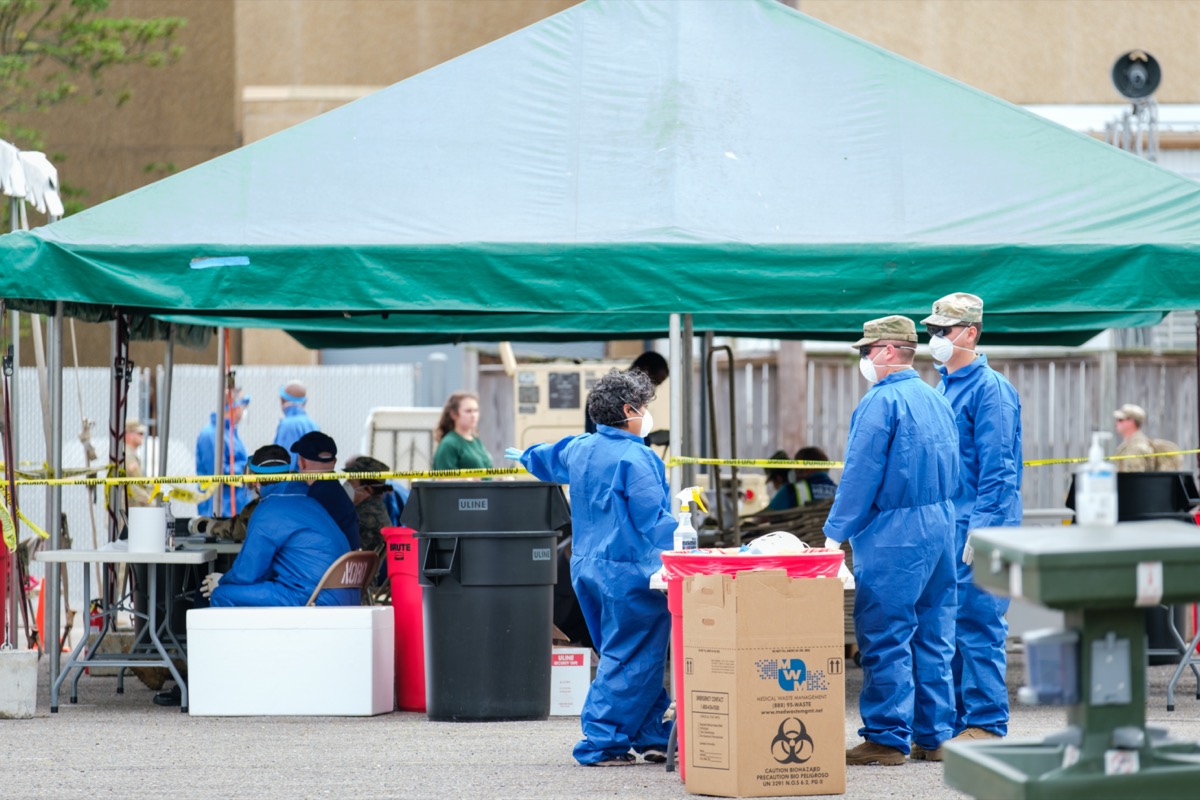
Actions for testing employees laid out in the FDA’s new checklist include asking if there is a procedure for priority testing for those who may have a higher risk of being exposed. It also asks if there is a plan to “address the specific procedures for testing workers (e.g., the type of test, who will conduct the tests, and where they will be conducted) when testing is warranted, and what actions might be taken based on test results?”
Finally, there also needs to be a plan for bringing back employees who tested positive once they are finished quarantining.
RELATED: People This Age May Be ‘Silent Spreaders’ of COVID
For Work Environment Configuration
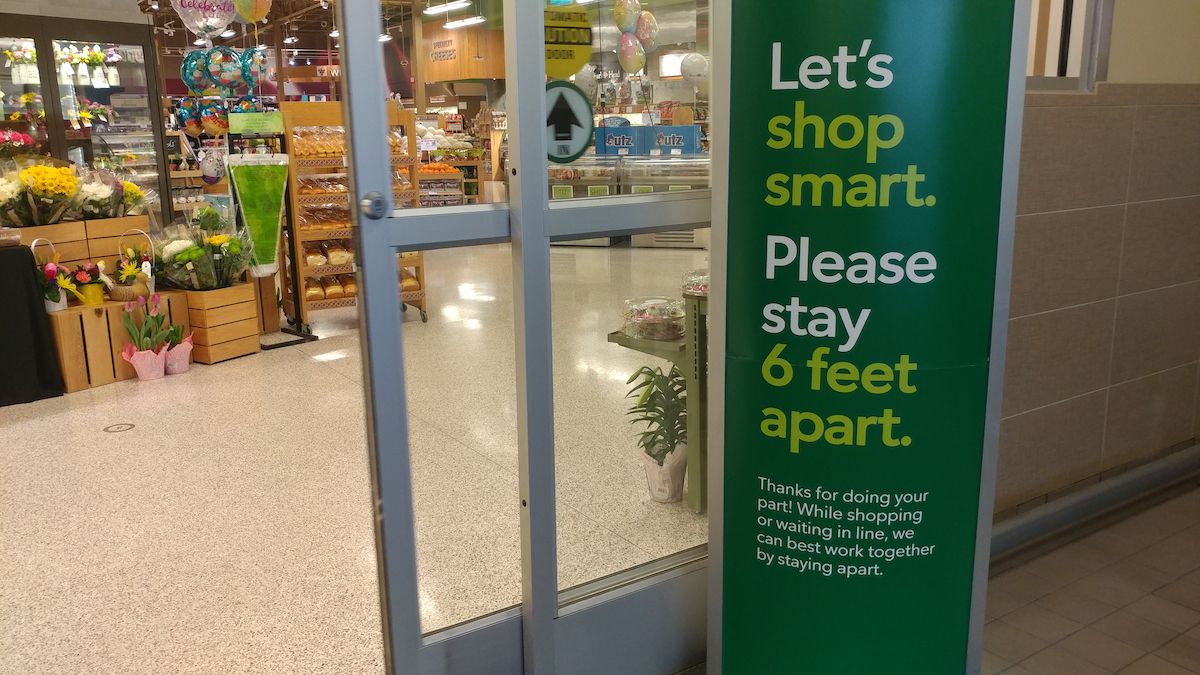
In order to create the safest environment possible for employees and customers, the FDA’s checklist asks if there are any places social distancing might not be possible. If there are, then reconfiguration needs to be done.
It also addresses ventilation and fans in the workplace, which can spread the COVID-19 droplets. If any are removed, it says there should be other measures put into place because it can change the risk of heat illness.
For Food Safety
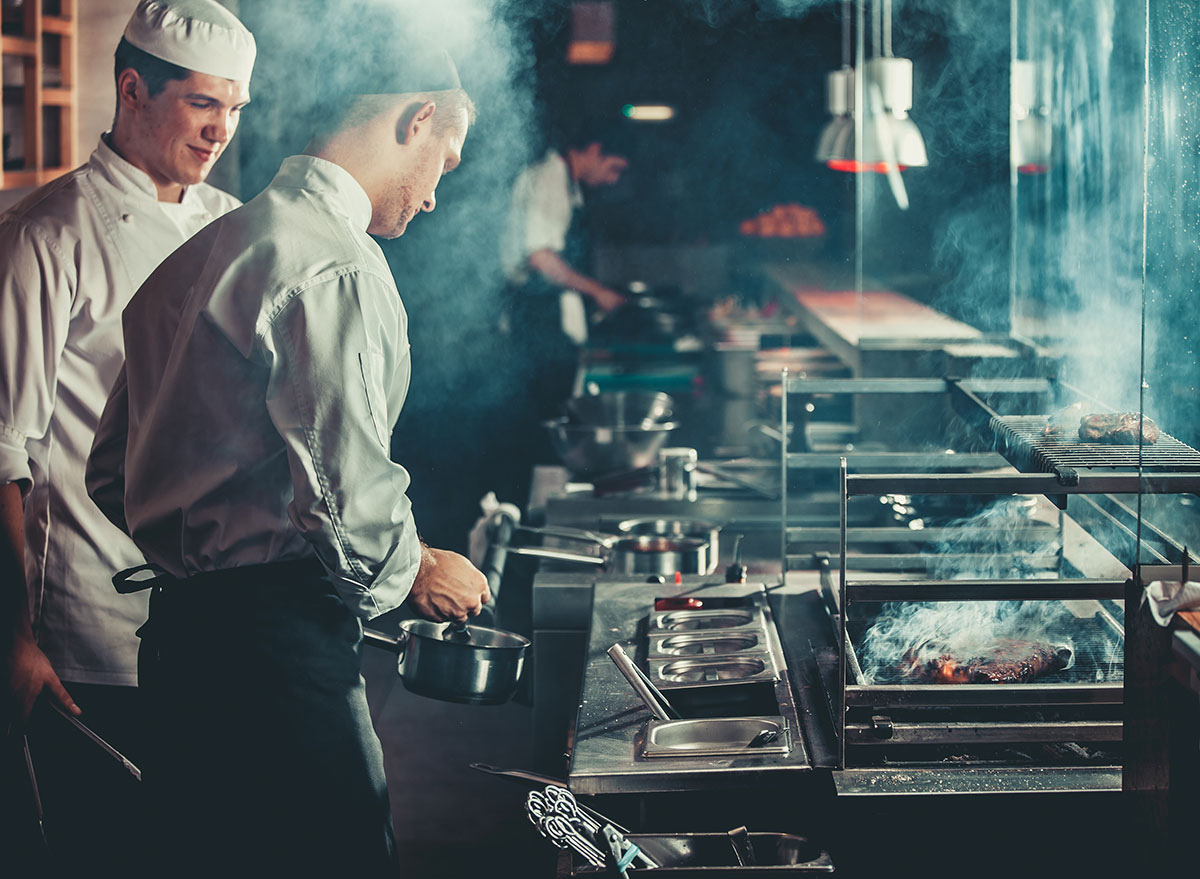
This section focuses specifically on food. It asks if there have been any changes to suppliers, menus, operations, timing, and anything else having to do with the food itself and who handles it. If there have been, then potential hazards need to be addressed.
Menu changes haven’t been rare during the pandemic. Here are 5 Beloved Restaurants Debuting New Menu Items While Cutting Others.
For Food Personnel

The checklist has questions about changes to employee duties that could influence food safety. It also asks if there is a plan “to operate and produce safe food with a reduced workforce if employees are sick?”
Plus, “Do you have backups if your key people are unable to come to work?”
For Food Supplies
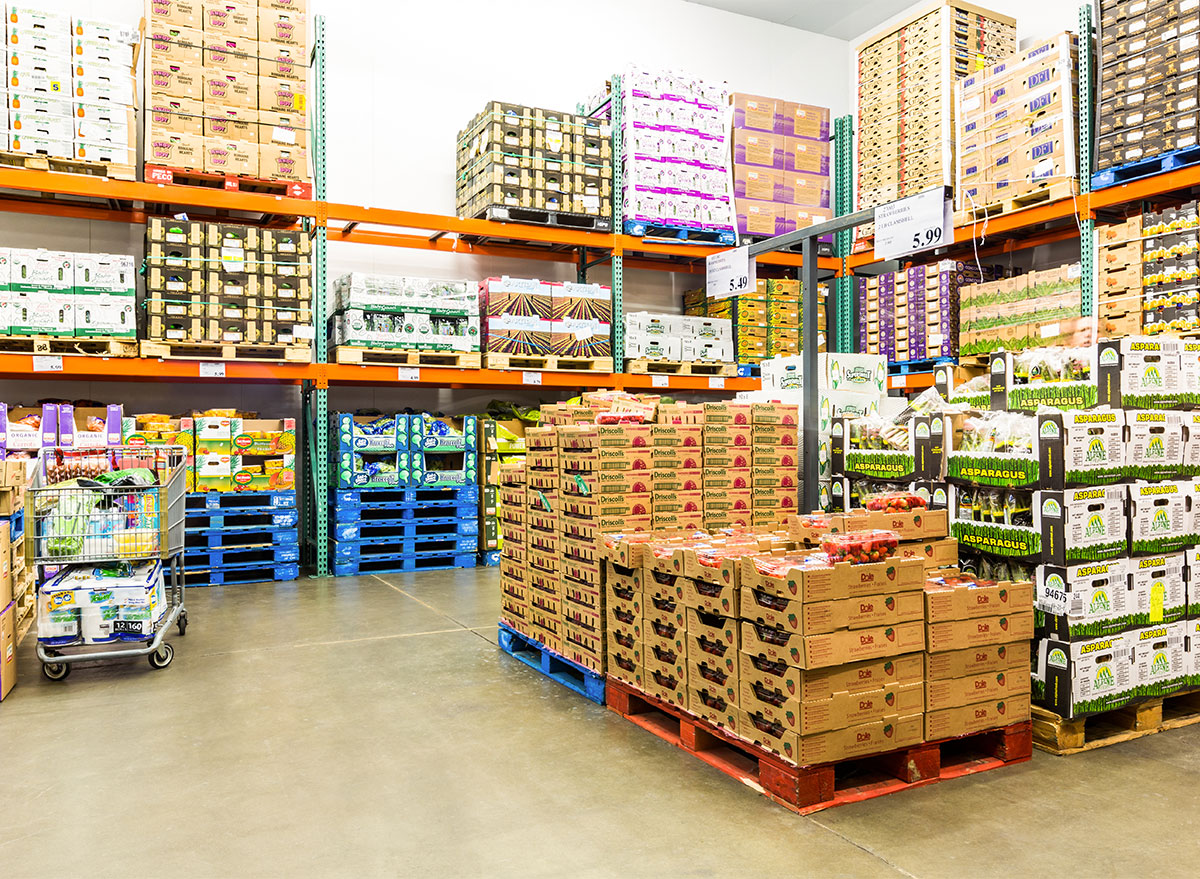
The FDA says restaurants and grocery stores need to look at where their food is coming from. Any changes to labels, new ingredients, or anything else new should be approved before it’s sold.
For Manufacturing
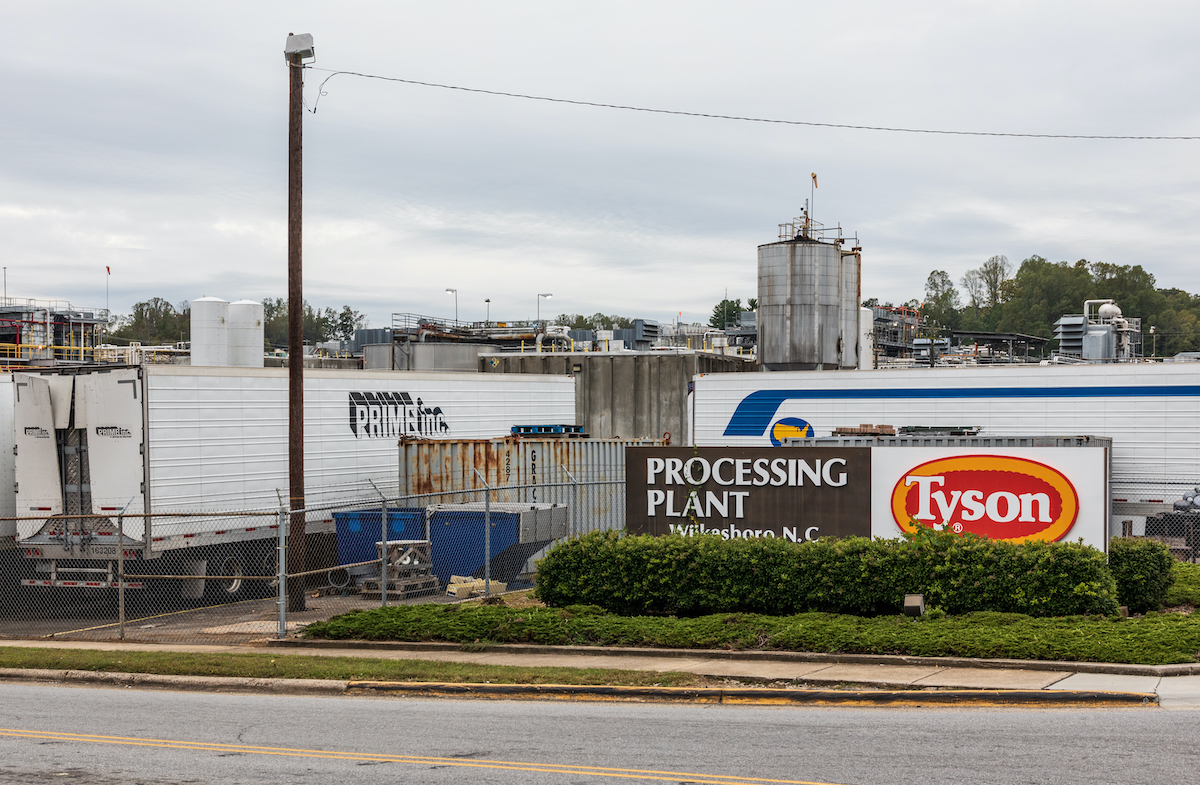
For harvesting food, employers need to ask themselves if plants and grounds have been reviewed for safety. Many of the other questions in this section cover manufacturing facilities’ operations after a shutdown. For example, if a shutdown has happened, water and plumbing need to be looked at and hand-washing and hand sanitizer stations need to be put into place.
Specific things like the number of utensils available for employees so they don’t have to share, and problems with supplies of food and inventory are also addressed in the FDA’s new checklist.
For more restaurant and grocery news, sign up for our newsletter!